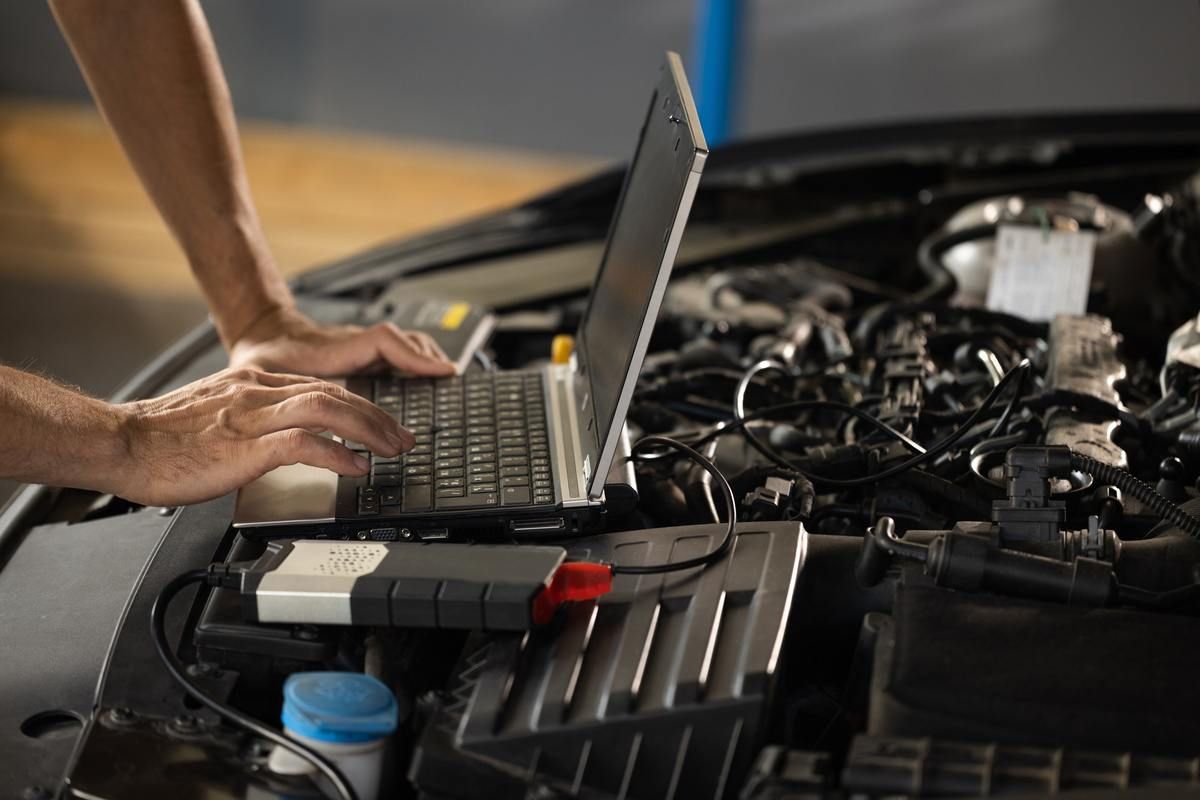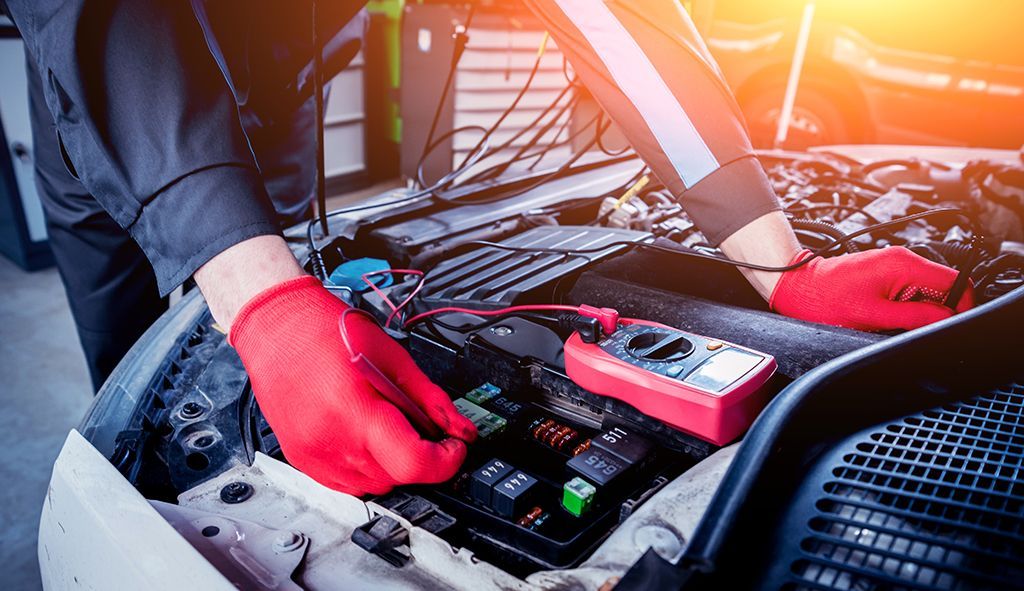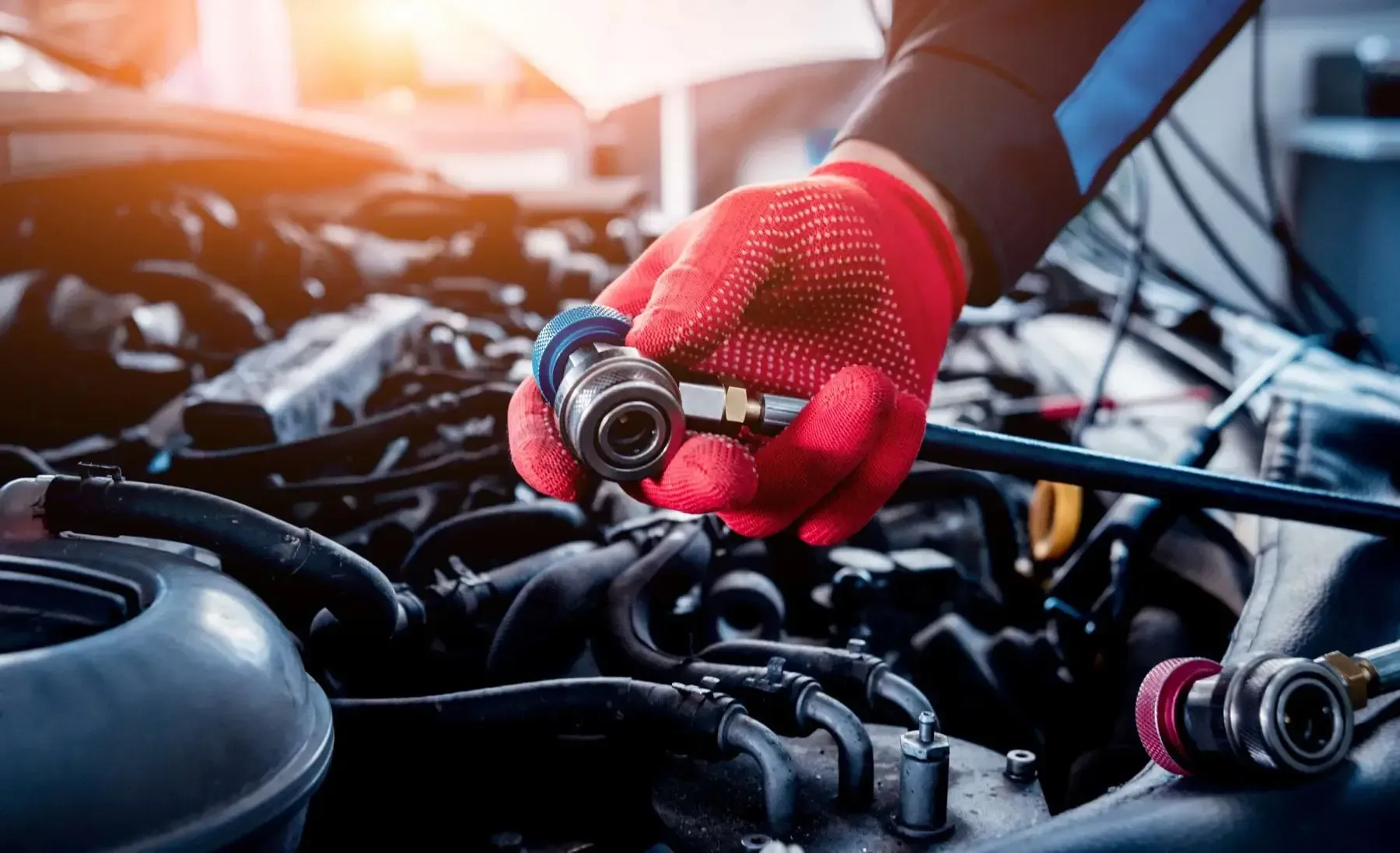Call us or text us: (803) 853-4553
Mon - Fri 7:00 AM - 4:00 PM
How Do Computer Diagnostics Improve Vehicle Maintenance?
In today’s vehicles, computer diagnostics play a crucial role in maintaining optimal performance and detecting issues early. This advanced technology allows technicians to identify problems quickly and accurately, ensuring your vehicle remains reliable and efficient. Understanding how computer diagnostics work and their benefits can help you appreciate their importance in modern auto repair.
The Role of Computer Diagnostics in Vehicle Maintenance
Computer diagnostics involve using specialized software and tools to interface with your vehicle’s onboard computer system. This system continuously monitors various components and systems, such as the engine, transmission, brakes, and electrical systems. When an issue arises, the computer generates error codes that technicians can read using diagnostic tools. These codes provide detailed information about the problem, allowing for precise and efficient repairs.
One significant advantage of computer diagnostics is their ability to detect issues before they become severe. By regularly scanning your vehicle’s systems, technicians can identify potential problems early, such as a failing sensor or an engine misfire. Early detection means minor issues can be addressed before they escalate into major, costly repairs. This proactive approach not only saves you money but also ensures your vehicle remains safe and reliable.
Another benefit of computer diagnostics is the speed and accuracy they offer. Traditional diagnostic methods often involve a process of elimination, which can be time-consuming and less precise. In contrast, computer diagnostics provide immediate insights into the specific areas that need attention, reducing diagnostic time and ensuring accurate repairs. This efficiency translates to shorter service times, getting you back on the road faster.
Turnage Auto Care Center’s Computer Diagnostics
For top-tier computer diagnostics in Lexington, SC, Turnage Auto Care Center is the go-to destination. Our certified technicians are trained in the latest diagnostic techniques and use advanced tools to provide accurate and efficient service. Whether your vehicle has a check engine light on or is experiencing performance issues, we have the expertise to diagnose and fix the problem promptly.
Our computer diagnostics process begins with a thorough scan of your vehicle’s onboard computer system. We analyze the generated error codes and perform a detailed inspection to pinpoint the exact issue. Our transparent approach ensures you understand the problem and the necessary repairs, giving you confidence in our services.
Key Benefits of Choosing Turnage Auto Care Center:
- Certified and experienced technicians
- Advanced diagnostic tools and technology
- Quick and accurate issue identification
- Comprehensive repair services
- Commitment to customer satisfaction and vehicle performance
Computer Diagnostics Near Me
Keeping your vehicle in top condition requires advanced diagnostic tools and expertise. At Turnage Auto Care Center in Lexington, SC, we offer professional computer diagnostics services to ensure your vehicle runs efficiently and reliably. Our skilled technicians are ready to diagnose any issues quickly and accurately, providing you with the best possible care.
Don’t let unresolved issues compromise your vehicle’s performance. Schedule your computer diagnostics service with Turnage Auto Care Center today and experience the benefits of advanced technology and expert care. Our team is here to assist you and ensure your vehicle remains in peak condition. Contact us now to book your appointment and enjoy the peace of mind that comes with precise and efficient diagnostics.

Follow us
Turnage Auto Care Center
Call us or text us: (803) 853-4553
4732b Augusta Rd, Lexington, SC 29073
Mon - Fri 7:00 AM - 4:00 PM
Services
List of Services
-
Air Conditioning RepairAir Conditioning Repair
-
Electrical System Repair in Lexington, SCElectrical System Repair in Lexington, SC
-
Computer DiagnosticsComputer Diagnostics
-
Vehicle InspectionsVehicle Inspections
-
Hybrid RepairHybrid Repair
-
Fleet ServiceFleet Service
-
Engine RepairEngine Repair
-
Oil ChangeOil Change
List of Services
-
Air Conditioning RepairAir Conditioning Repair
-
Electrical System Repair in Lexington, SCElectrical System Repair in Lexington, SC
-
Computer DiagnosticsComputer Diagnostics
-
Vehicle InspectionsVehicle Inspections
-
Hybrid RepairHybrid Repair
-
Fleet ServiceFleet Service
-
Engine RepairEngine Repair
-
Oil ChangeOil Change
Follow us
Turnage Auto Care Center
Call us or text us: (803) 853-4553
4732b Augusta Rd, Lexington, SC 29073
Mon - Fri 7:00 AM - 4:00 PM




© 2024 Turnage Auto Care Center. All Rights Reserved. Website managed by
Shopgenie




